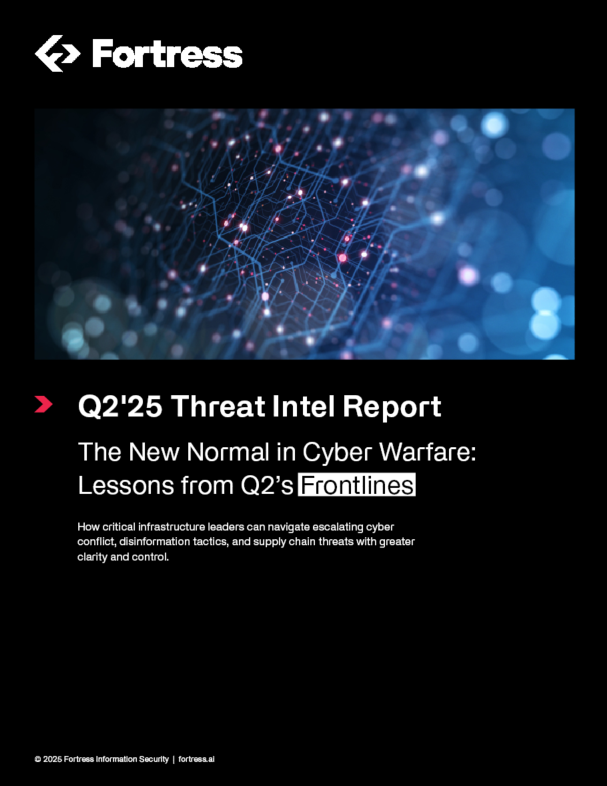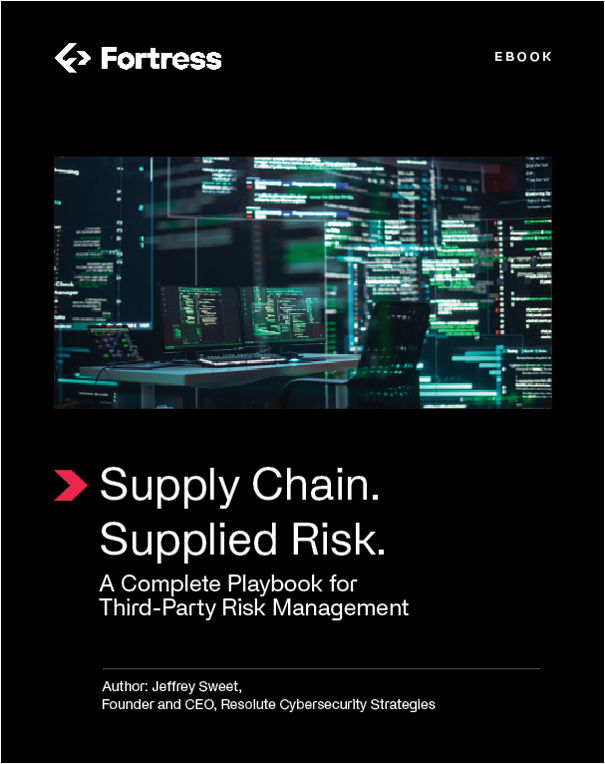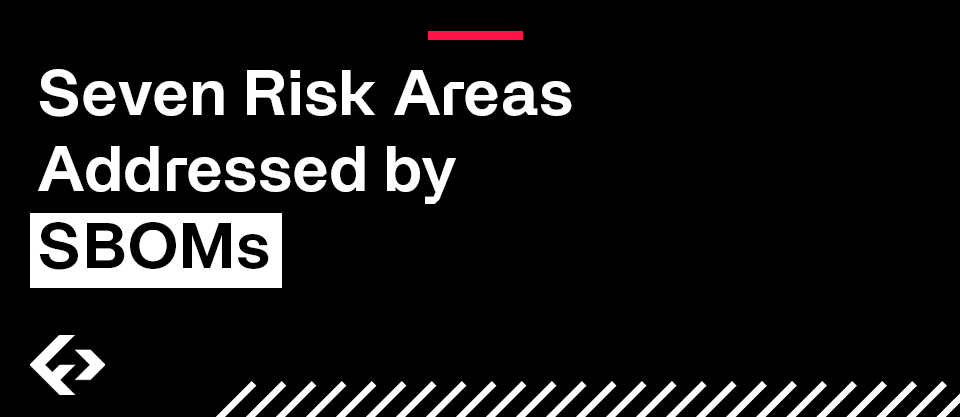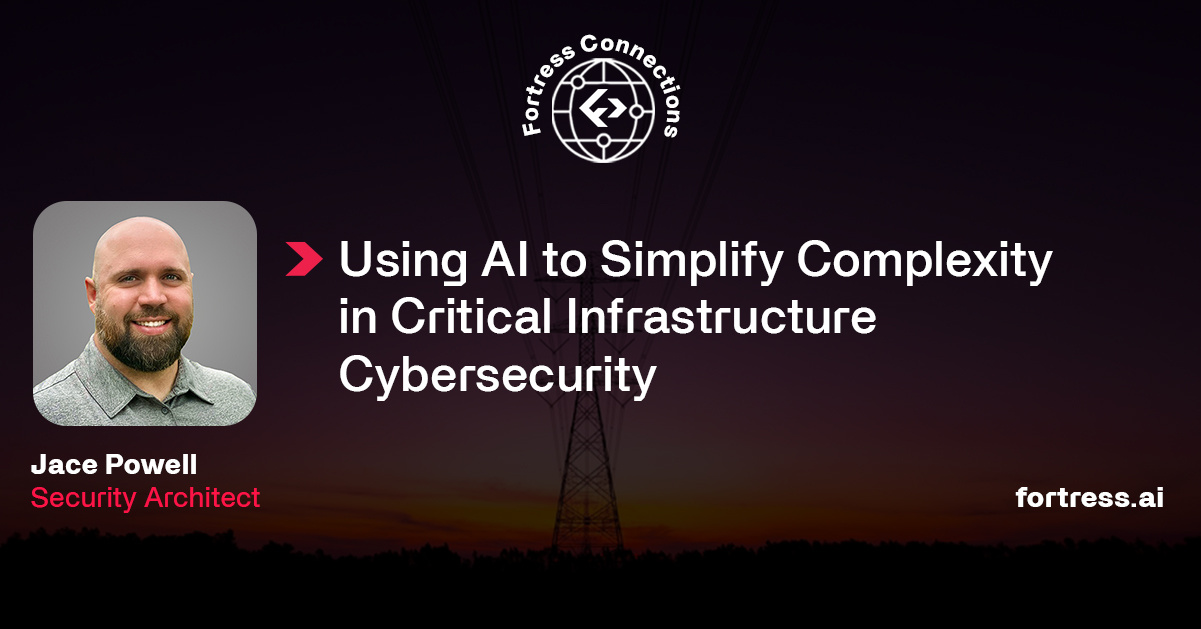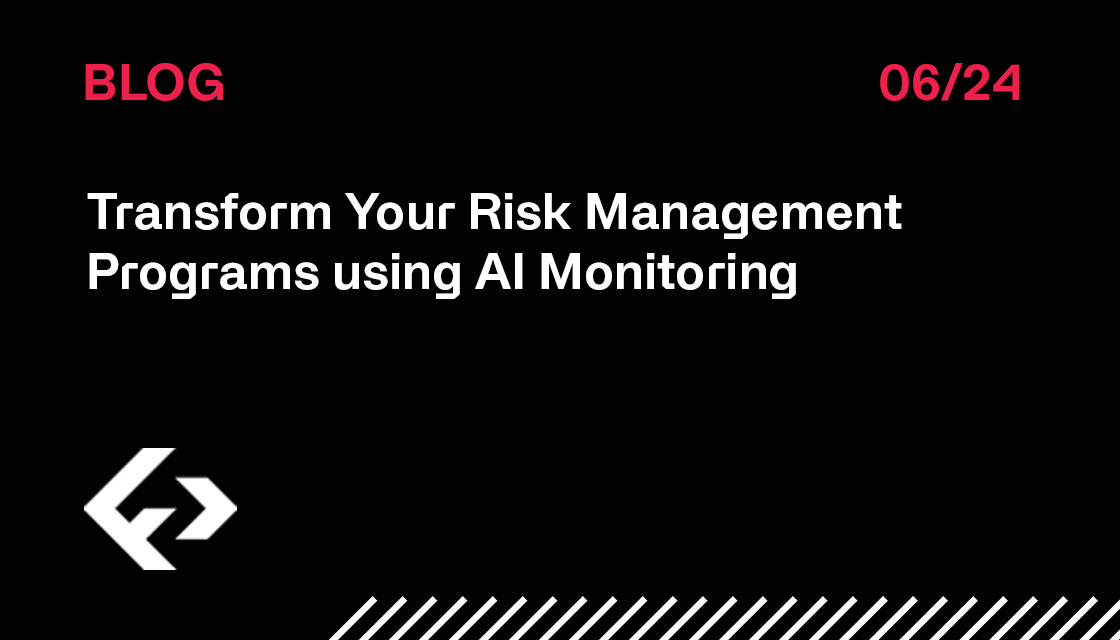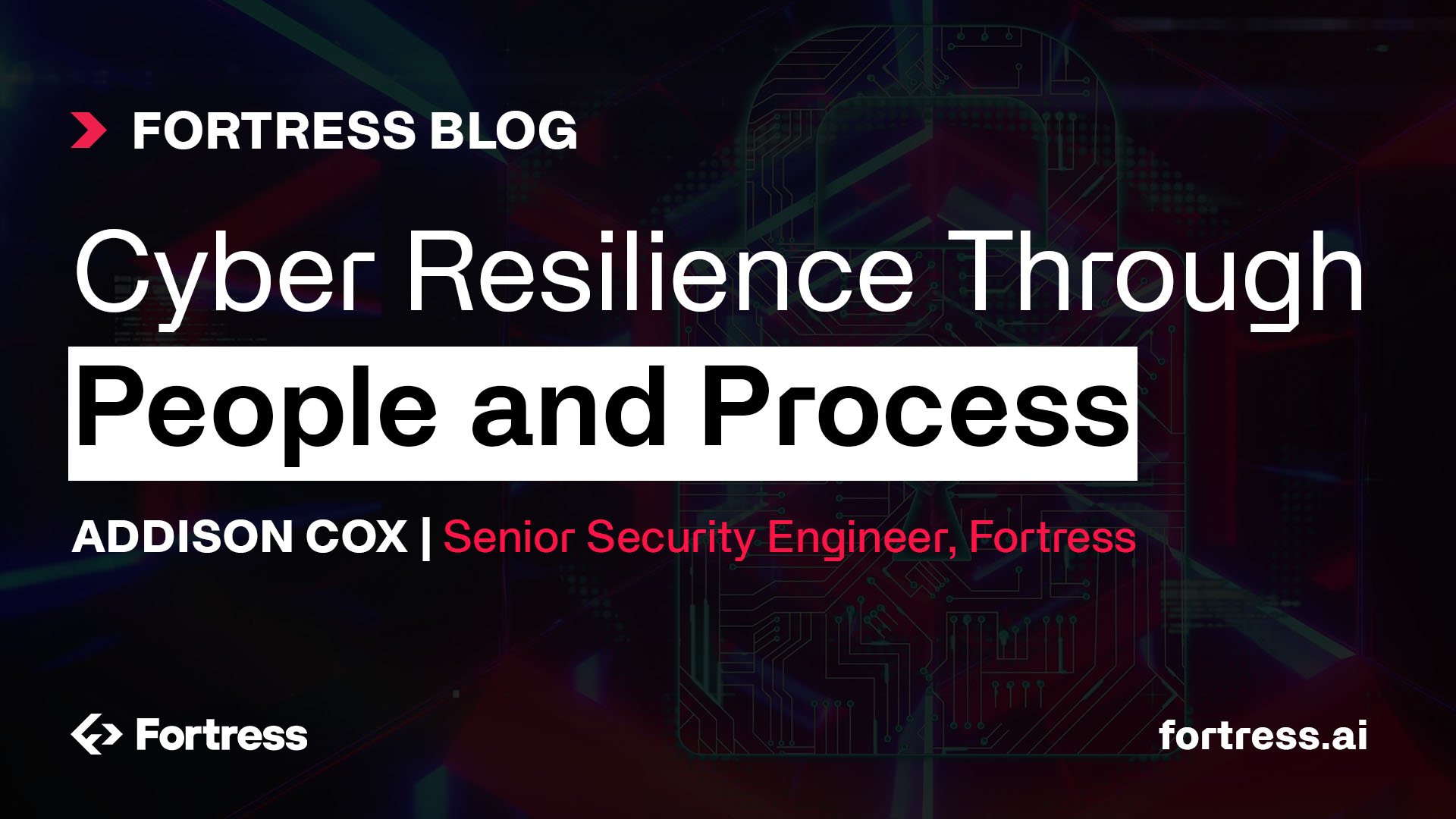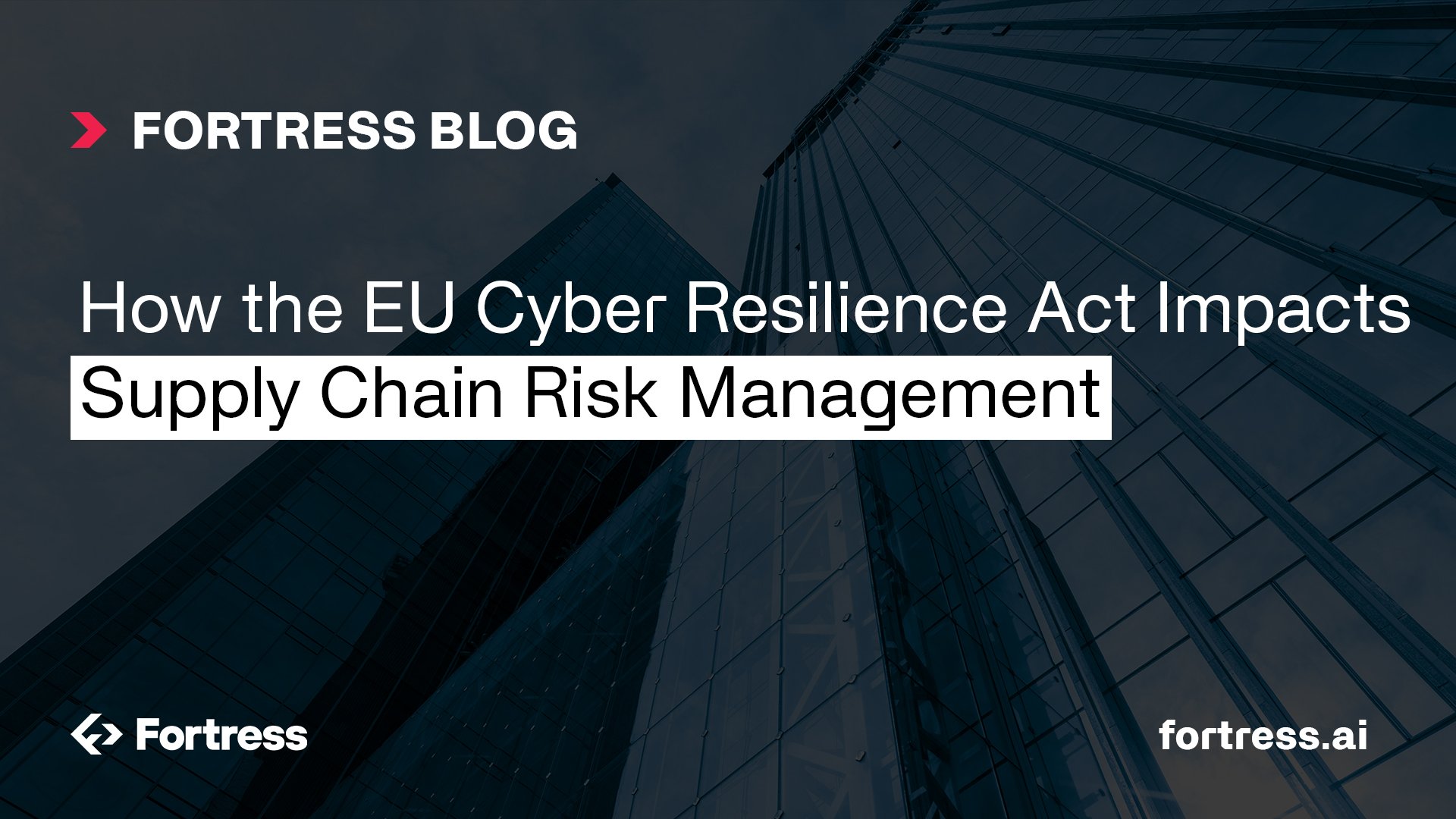In cybersecurity, and especially within critical infrastructure sectors, complexity is inevitable - but unchecked complexity can escalate into substantial vulnerabilities. Having spent years in the cybersecurity field, I have witnessed these challenges manifest across various organizational scales—from sprawling enterprises to nimble small and medium-sized businesses. Today, the conversation is not just about identifying these complexities, but effectively identifying and managing them using AI-driven tools and techniques.
The High Cost of Overcomplexity
Many organizations operate on systems so complex they become difficult to comprehend, let alone secure. This overcomplexity not only complicates business operations but also severely impairs swift responses and recovery during cybersecurity incidents. The enormous complexities in the design and implementation of cyber-physical systems, combined with a lack of proper asset management, can lead to unknown, unmitigated vulnerabilities.
This scenario is alarmingly common in sectors where complexity is essential, such as healthcare, utilities, and industrial operations. Here, the real challenge lies in securing legacy systems while seamlessly integrating them with next-generation technologies like robotics and the Internet of Things (IoT).
AI as a Catalyst for Managing Complexity
AI has been part of the technological landscape for years. In 2020, I developed internal tooling and processes that used machine learning to reduce the "noise" during automated binary analysis, enhancing the processing capabilities of our systems at Fortress. What's revolutionary now is the advent of advanced large language models, which has enabled teams to maximize their value-to-effort ratio.
One particularly effective application of AI is in documentation. AI can transform transcript discussions about specific business components into comprehensive, real-time, updated documentation. This not only ensures that documents are thorough and current but also frees human resources for more strategic tasks. Additionally, AI's capability to identify redundancies and streamline processes can significantly diminish complexity.
While AI significantly enhances our ability to manage complexity, it is not without its own set of risks. One such risk is prompt injection attacks, where malicious inputs can manipulate AI outputs, leading to potentially hazardous decisions or actions, especially in automated processes. This underscores the critical importance of sanitizing inputs when using AI in any capacity. By implementing rigorous input validation measures, organizations can protect themselves from such vulnerabilities, ensuring that AI tools enhance security rather than undermine it. This proactive approach is essential as we continue to integrate AI into more facets of cybersecurity and operational management. Whether we like it or not, AI systems are here to stay - and their usage will only continue to grow for the foreseeable future!
Integrating AI and Robotics in Industrial Settings
As we integrate more AI and robotic systems into our infrastructures, it is crucial that we view them as integral components of our organizations. In industrial contexts, the future might see robotics interacting directly with Operational Technology (OT) equipment and networks, necessitating robust security measures to manage these interactions safely and effectively.
One additional "crown jewel" that security teams need to start tracking is digital twins, which are virtual replicas of physical systems. These virtual models allow for the accelerated training of AI models in a controlled, risk-free environment. If an attacker can compromise a digital twin environment, they may be able to sabotage the models being trained.
Reimagining Cybersecurity Practices
Complexity within critical infrastructure is a given, but uncontrolled overcomplexity is a significant risk. By leveraging AI, advocating for simpler designs, and maintaining rigorous, AI-enhanced documentation, we can convert these challenges into opportunities for increased efficiency and security. Embracing these tools will not only future-proof our systems but also enrich the human experience across these vital sectors, ensuring that technology serves as a bridge to safer, more secure operations rather than a barrier.

